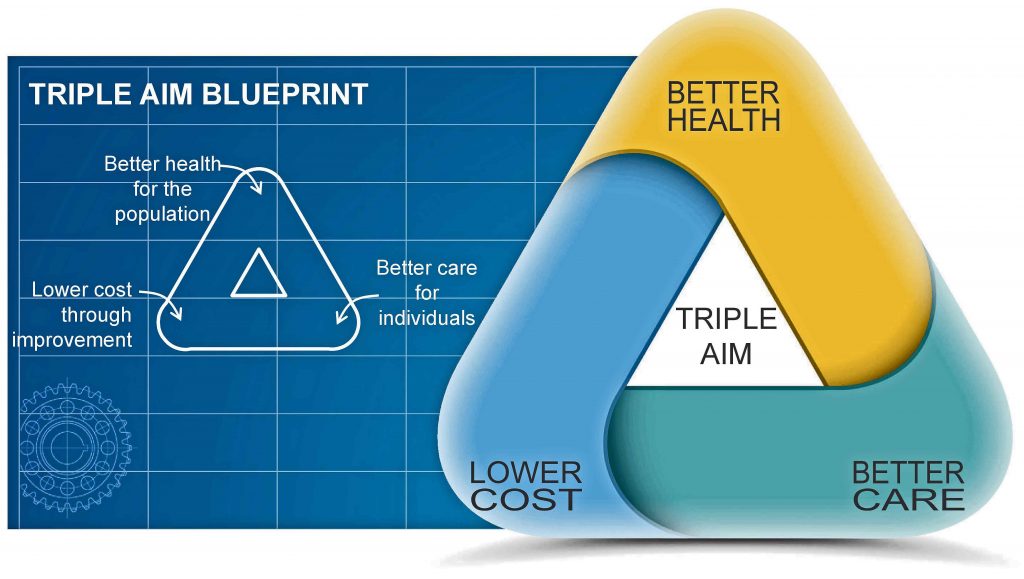

Analyze claims data to identify "high cost" patients and build tailored care teams to support patient needs.Synthesize existing tools to design a population-tailored social determinants of health (SDH) screening tool.Leverage publicly available social, place, demographic, and health data to analyze the health of a local community.Calculate and use for decision‐making, key population health metrics and methods.Apply a population health and health equity perspective to problem solving.Prerequisites/Corequisites Recommended prerequisite: at least one of the following DSOC 1101, GDEV 2200, HD 1150, HD 1170, HD 2180, PAM 2030, PAM 2100, PAM 2208, PAM 2300, PAM 2350, PSYCH 1101, SOC 1101.įorbidden Overlaps Forbidden Overlap: due to an overlap in content, students will not receive credit for both PAM 3280 and PAM 5280. Permission Note Enrollment limited to: sophomores, juniors, or seniors. Given the shifting health care environment – from fee‐for‐service to value‐based care – students who are able to apply tools to measure analyze, evaluate, and improve the health of populations (and achieve the Triple Aim) will be well‐positioned for jobs in health care, health policy, public health, and medicine (among others) as the field continues to evolve. With roots in epidemiology, public health, and demography, key tools of population health include health measurement, risk stratification, chronic care management, identifying "upstream" social determinants of health, cross-sector collaboration to improve prevention and wellness, and increasing health equity.


Populations may be geographically defined, such as neighborhoods or counties may be based on groups of individuals who share common characteristics such as age, race‐ethnicity, disease status, or socioeconomic status or may be specific patient groups "attributed" to accountable healthcare organizations using a variety of methods. Population health focuses on the health and well‐being of entire populations. These requirements include: (1) substantial integration in coordinated care models (2) development of reliable and actionable data on ED quality, population health, and cost outcomes (3) specific initiatives to control and optimize ED utilization and (4) payment models which preserve surge and disaster response capacity.Ĭoordinated care Emergency care Health policy Payment innovation.Course information provided by the Courses of Study 2022-2023. We propose a vision of EDs serving as a nexus for care coordination optimally consistent with the Triple Aim and the requirements for such a role.
Fundamental triple aim of healthcare full#
The paper explores where emergency care is naturally aligned with each Aim, as well as current barriers which must be addressed to meet the full vision of the Triple Aim. While the framework is not specific to any clinical setting, this article focuses on the alignment between the framework and Emergency Department (ED) care. The Triple Aim of better health, better care, and lower costs has become a fundamental framework for understanding the need for broad health care reform and describing health care value.


 0 kommentar(er)
0 kommentar(er)
